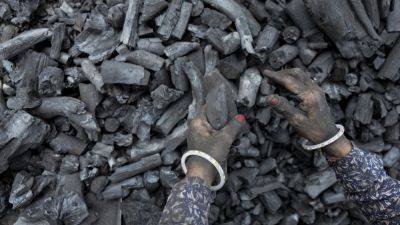US, India, Russia, Japan are building out wind power much too slowly for climate change, report says
The world is falling well short of a promise made at global climate talks last year to triple the amount of wind power, according to a report by an energy think tank released Thursday.
Last December, countries at the U.N. COP28 climate conference committed to tripling all renewable electricity by 2030. Wind power specifically must triple to achieve that, according to the International Energy Agency and others.
Examining national targets set by 70 countries that account for 99% of existing wind power, Ember, an energy nonprofit based in London, projects that over the next six years, wind power will double, not triple, compared to the 2022 baseline.
The report looked at wind turbines both onshore and offshore.
“Governments are lacking ambition on wind, and especially onshore wind,” said Katye Altieri, electricity analyst at Ember. “Wind is not getting enough attention.”
Wind often blows hardest when the sun is not high in the sky, making it a good complement to solar energy in efforts to make clean electricity 24 hours per day.
The report also measured countries’ progress towards their own goals. The U.S. ranked worst on this, falling 100 gigawatts short, or enough to power more than 30 million homes. The target used for the U.S. comes from the National Renewable Energy Laboratory, part of the Energy Department. In an email exchange, the department declined to comment.
The second-biggest gap between national targets and wind projects in development was in India, at more than 30 gigawatts. Despite having considerable wind potential, only 4% of electricity in India comes from wind, said Altieri. Several officials at India’s energy ministry did not reply to emailed requests for comment.
Ranking best by this measure were Brazil







